By Chris Anthony Far from the rolling plains of Alabama, the tiny...
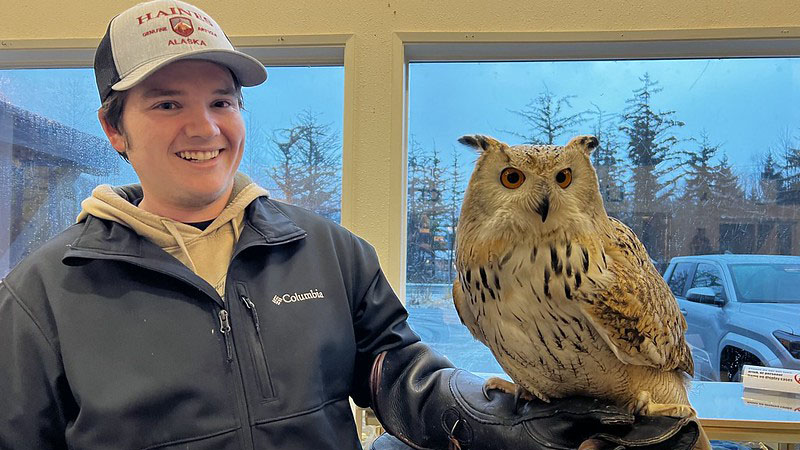

By Chris Anthony Far from the rolling plains of Alabama, the tiny...
By Jeremy Henderson There’s a buzz in the air around Corley Hall these days — literally. Blame it on the team of both doctoral and undergraduate biosystems engineering students tackling the age-old problem of precise fertilizer application with cutting-edge drone...
Auburn researchers help farmers adapt to EPA changes This year, major regulatory changes enacted by the Environmental Protection Agency (EPA) will affect farmers nationwide, specifically herbicide use for soybean and cotton producers. For 2025, dicamba herbicide...

Children’s garden, new Auburn University Bee Center approved Two transformational projects for the Auburn University College of Agriculture were approved by the Board...
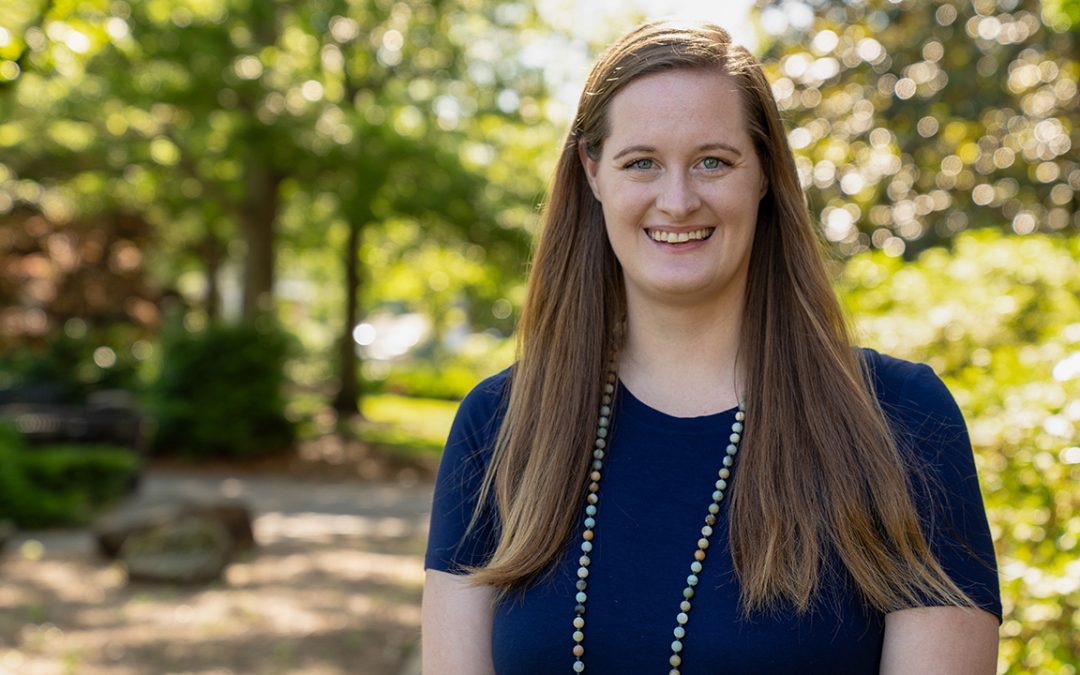
Mallory Beck, academic advisor for the Auburn University College of Agriculture’s Department of Animal Sciences, recently received two awards recognizing her excellence...
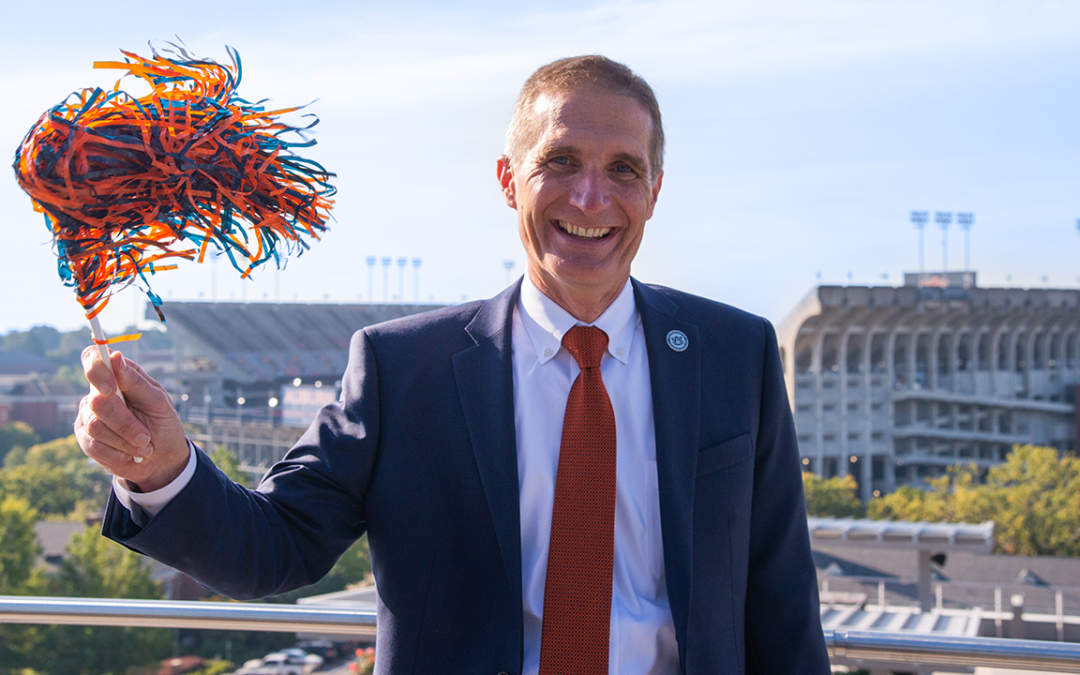
As 2024 draws to a close, Paul Patterson is stepping away from his roles as dean of the College of Agriculture and director of the Alabama Agricultural Experiment Station, effective Jan. 1. He led both to record numbers in the areas of teaching, research and outreach since he assume the positions in March 2016…

The College of Agriculture’s Department of Horticulture is giving back to the community by helping educate Opelika elementary students on gardening practices and at the same time addressing food insecurity in impoverished Opelika communities.

Auburn University’s Aquaponics Working Group has a new vision for U.S. aquaculture, one that includes far more predictability and efficiency than today’s timeworn models of commercial fish production.
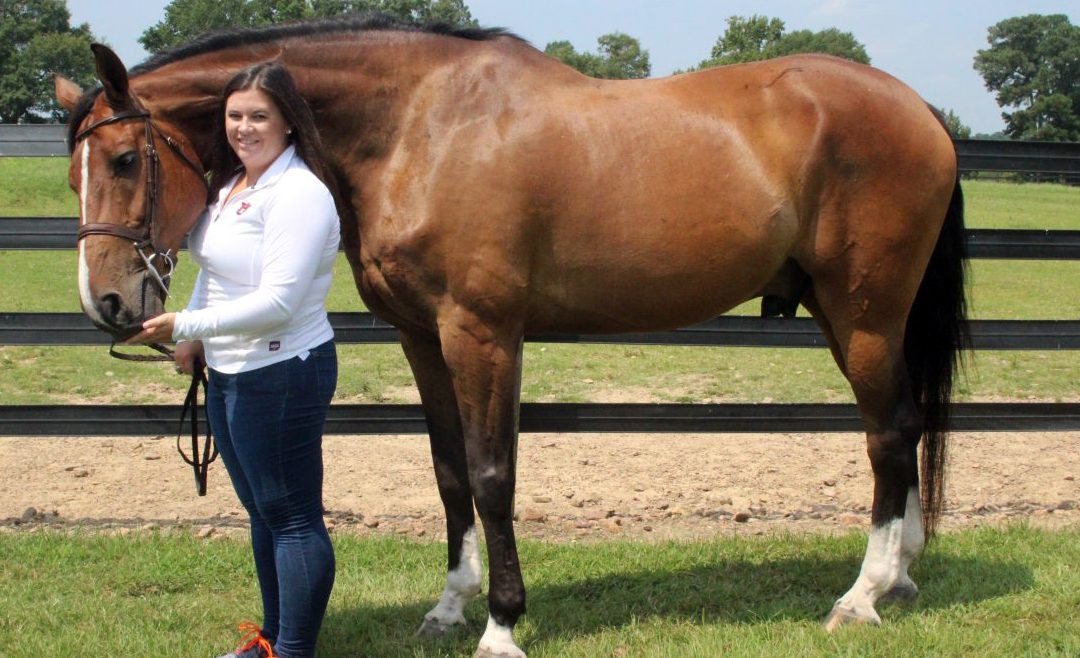
Ask Auburn Equestrian head coach Greg Williams what makes Jessica Braswell such a special associate head coach, and he has one answer: Passion.
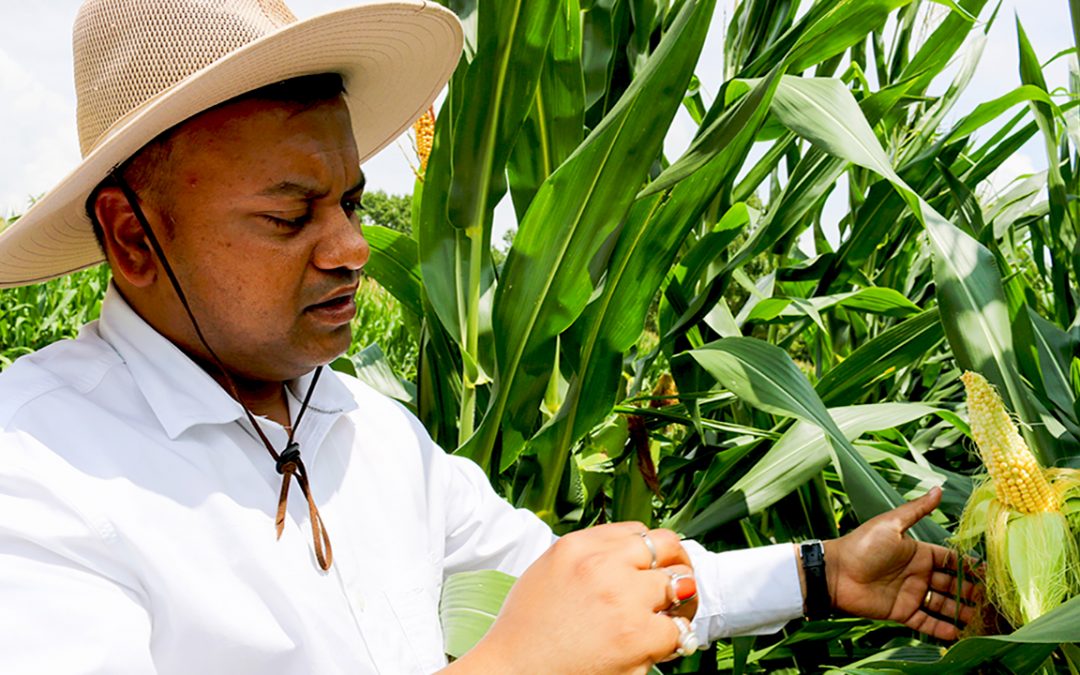
Farmers will need to change their management strategies over the next few decades to adapt to impending climate extremes, according to a study recently published by researchers at Auburn University and Pennsylvania State University.
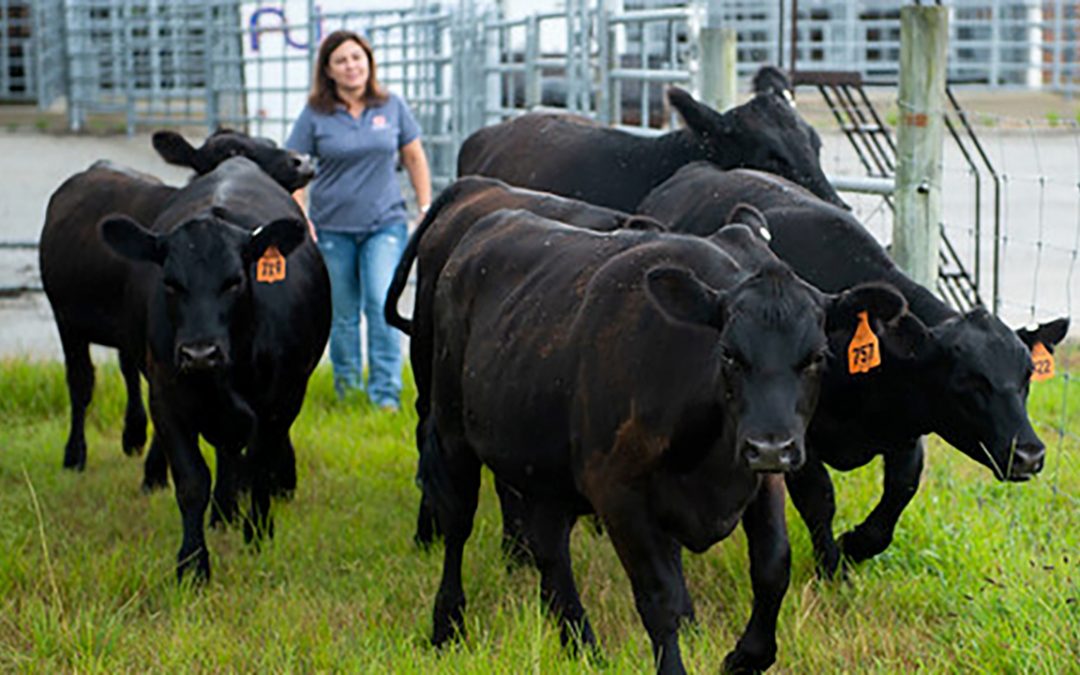
The local foods movement continues to grow in the U.S., with an increasing number of consumers wanting to know where their food comes from, connecting with the families producing it, and buying products at farmers markets and through community-supported agriculture programs.
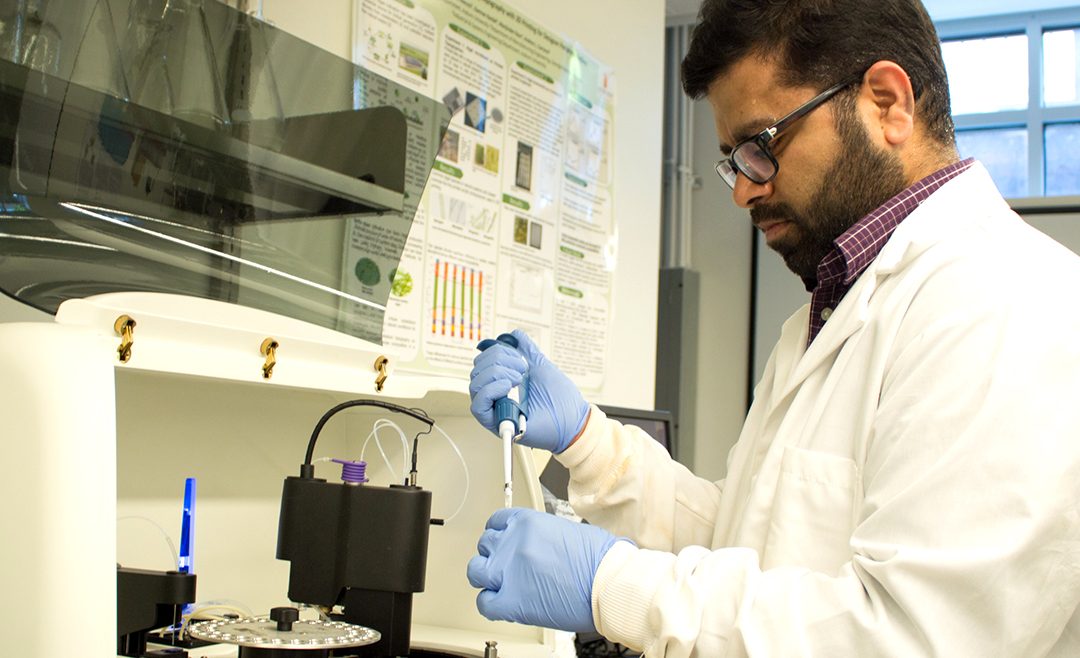
The poultry industry in Alabama contributes more than $15 billion to the state’s economy each year, but along with the revenue and jobs, it also produces about 1.8 million tons of waste, or litter, annually.
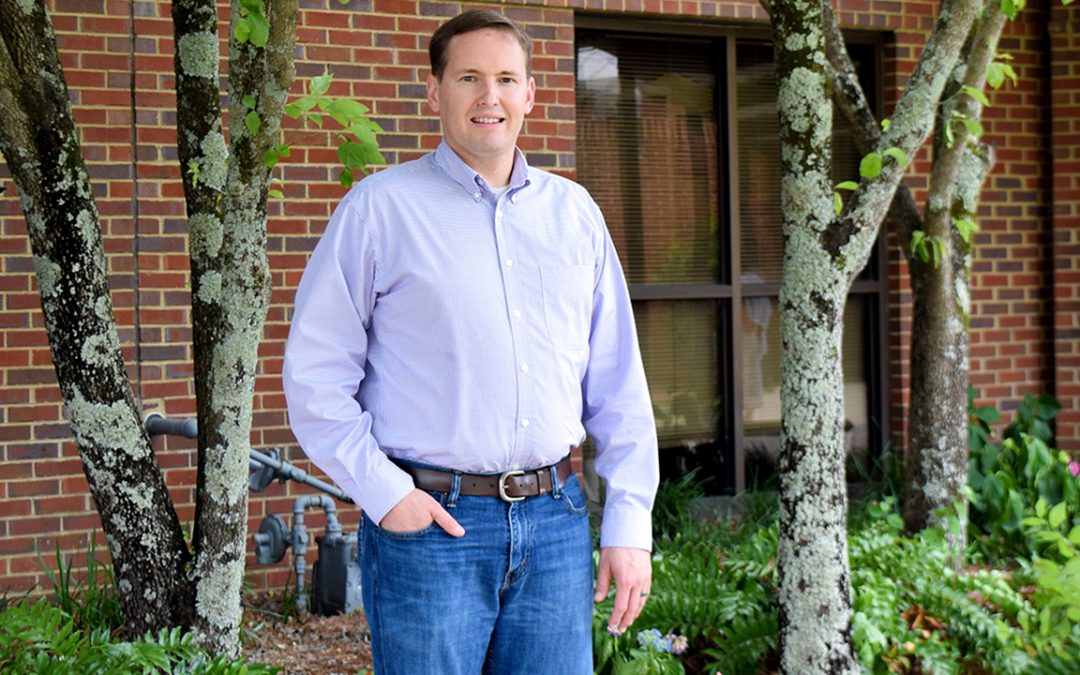
Sometimes when you think you’ve got life all mapped out, providence sends you in a different direction. Grady Smith, senior pastor of Gateway Baptist Church in Montgomery, knows all about that kind of journey.
AUBURN, Ala. -- The nation’s beekeepers lost 40 percent of their managed honey bee colonies between April 1, 2017, and March 31, 2018, an increase of almost 7 percentage points from the previous year’s total loss rate, results of an annual nationwide survey show....
A $500,000 gift to Auburn University’s College of Agriculture from Crossville, Alabama–based D&F Equipment Sales Inc. and its founding Fortenberry family will support ongoing development of the Charles C. Miller Jr. Poultry Research and Education Center, located...

Three studied agriculture and one, journalism. The Korean War was in full swing at this time, and the four met and became friends in basic Army ROTC classes.
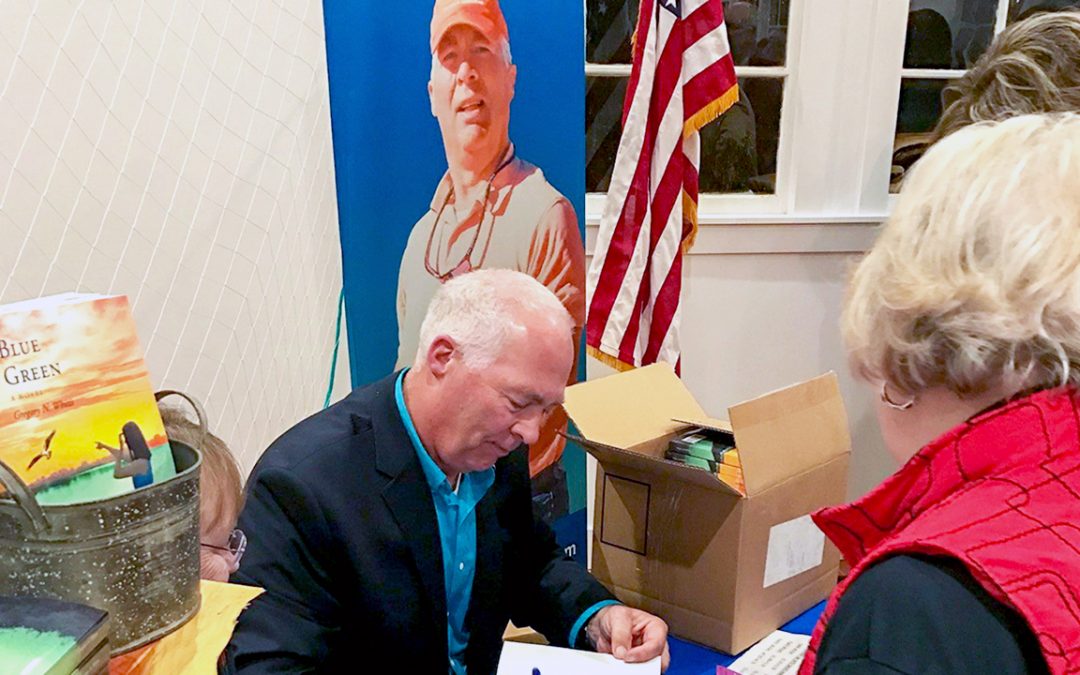
When Gregory Whitis began his undergraduate studies in zoology at Iowa State University in the mid-’70s, he had no idea there was such a place as Auburn University; he had never heard the word “aquaculture”; and the idea of one day living in the Deep South for sure had never entered his mind. And catfish farming? Was that a joke?

Auburn University agricultural communications majors can gain real-world experience right on campus when they join the staff of AgHill Communications, or AHC, a student-formed and -operated business that serves bona fide clients.

On a mid-March afternoon in 1998, Tony Gibson high-fived friends and family as he celebrated graduating with his horticulture degree from Auburn University. But the festivities were short and sweet, because this new alumnus had things to do.

If you’re going to keep up with Kenzley Defler, you’d better put on your running shoes. Not just because she’s an avid long-distance runner and Auburn track and field team member, but because she’s always in motion—working here, researching there and serving everywhere.
Live poultry production in the U.S. is on the cusp of revolutionary changes, and Auburn University’s National Poultry Technology Center, or NPTC, is helping to ensure that producers are not left behind. “Efficiency is the key to everything we do,” said Gene Simpson,...
College of Agriculture faculty members claimed the lion’s share of recognition during Auburn University’s 2018 Faculty Awards Dinner in late February. The ceremony formally honored all Auburn faculty who received the university’s highest awards in the 2017-18 academic...
AUBURN, Alabama—Desmond R. Layne, currently a horticulture professor and academic program director at Washington State University, has been named head of the Department of Horticulture at Auburn University following a nationwide search. He will assume the position...
By Elina Coneva In a long-term research project, 11 grape varieties tolerant to a dangerous disease threat were planted and evaluated for their suitability to Alabama environmental conditions. The Pierce’s disease-tolerant American and French-American hybrid bunch...
By Derek Herscovici Alabama is home to many pests, and as of 2010 it was introduced to a new one, Halyomorpha halys, a.k.a. the brown marmorated stink bug, or BMSB. Whenever a new species is introduced, this presents the opportunity for research; for entomology grad...
By Paul Hollis The latest numbers tell the irrigation story: In Alabama, only 15 percent of the land currently available for farming is irrigated, a far cry from Mississippi’s 61 percent of cropland and Georgia’s 40 percent. Over time, that lack of irrigation...

The College of Agriculture’s Department of Horticulture is giving back to the community by helping educate Opelika elementary students on gardening practices and at the same time addressing food insecurity in impoverished Opelika communities.

Auburn University’s Aquaponics Working Group has a new vision for U.S. aquaculture, one that includes far more predictability and efficiency than today’s timeworn models of commercial fish production.

Ask Auburn Equestrian head coach Greg Williams what makes Jessica Braswell such a special associate head coach, and he has one answer: Passion.

Farmers will need to change their management strategies over the next few decades to adapt to impending climate extremes, according to a study recently published by researchers at Auburn University and Pennsylvania State University.

The local foods movement continues to grow in the U.S., with an increasing number of consumers wanting to know where their food comes from, connecting with the families producing it, and buying products at farmers markets and through community-supported agriculture programs.

The poultry industry in Alabama contributes more than $15 billion to the state’s economy each year, but along with the revenue and jobs, it also produces about 1.8 million tons of waste, or litter, annually.

Sometimes when you think you’ve got life all mapped out, providence sends you in a different direction. Grady Smith, senior pastor of Gateway Baptist Church in Montgomery, knows all about that kind of journey.
AUBURN, Ala. -- The nation’s beekeepers lost 40 percent of their managed honey bee colonies between April 1, 2017, and March 31, 2018, an increase of almost 7 percentage points from the previous year’s total loss rate, results of an annual nationwide survey show....
A $500,000 gift to Auburn University’s College of Agriculture from Crossville, Alabama–based D&F Equipment Sales Inc. and its founding Fortenberry family will support ongoing development of the Charles C. Miller Jr. Poultry Research and Education Center, located...

Three studied agriculture and one, journalism. The Korean War was in full swing at this time, and the four met and became friends in basic Army ROTC classes.

When Gregory Whitis began his undergraduate studies in zoology at Iowa State University in the mid-’70s, he had no idea there was such a place as Auburn University; he had never heard the word “aquaculture”; and the idea of one day living in the Deep South for sure had never entered his mind. And catfish farming? Was that a joke?

Auburn University agricultural communications majors can gain real-world experience right on campus when they join the staff of AgHill Communications, or AHC, a student-formed and -operated business that serves bona fide clients.

On a mid-March afternoon in 1998, Tony Gibson high-fived friends and family as he celebrated graduating with his horticulture degree from Auburn University. But the festivities were short and sweet, because this new alumnus had things to do.

If you’re going to keep up with Kenzley Defler, you’d better put on your running shoes. Not just because she’s an avid long-distance runner and Auburn track and field team member, but because she’s always in motion—working here, researching there and serving everywhere.
Live poultry production in the U.S. is on the cusp of revolutionary changes, and Auburn University’s National Poultry Technology Center, or NPTC, is helping to ensure that producers are not left behind. “Efficiency is the key to everything we do,” said Gene Simpson,...
College of Agriculture faculty members claimed the lion’s share of recognition during Auburn University’s 2018 Faculty Awards Dinner in late February. The ceremony formally honored all Auburn faculty who received the university’s highest awards in the 2017-18 academic...
AUBURN, Alabama—Desmond R. Layne, currently a horticulture professor and academic program director at Washington State University, has been named head of the Department of Horticulture at Auburn University following a nationwide search. He will assume the position...
By Elina Coneva In a long-term research project, 11 grape varieties tolerant to a dangerous disease threat were planted and evaluated for their suitability to Alabama environmental conditions. The Pierce’s disease-tolerant American and French-American hybrid bunch...
By Derek Herscovici Alabama is home to many pests, and as of 2010 it was introduced to a new one, Halyomorpha halys, a.k.a. the brown marmorated stink bug, or BMSB. Whenever a new species is introduced, this presents the opportunity for research; for entomology grad...
By Paul Hollis The latest numbers tell the irrigation story: In Alabama, only 15 percent of the land currently available for farming is irrigated, a far cry from Mississippi’s 61 percent of cropland and Georgia’s 40 percent. Over time, that lack of irrigation...